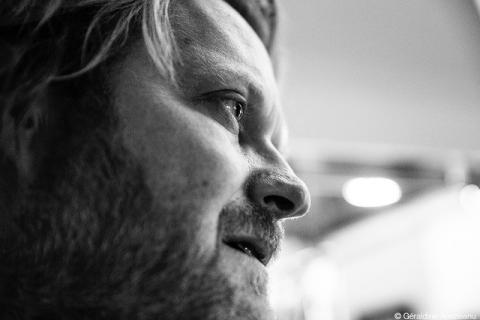
In the last 70 years, global fertility has decreased. With this fall in fertility, the number of relatives in the same generation has decreased too. Prof. Tamás Dávid-Barrett gave a lecture about the trust gap created by lower fertility rates and the changes in social network structure.
Traditional human societies relied on two biological solutions to reduce free riding and promote collective action: kin-selection mechanisms and highly clustered social kin-networks. As humans, we use both of the solutions: we interact with others while we have a preference to interact with those we are related to.
When fertility falls, the number of relatives in the same generation also falls, meaning that we have more friends than siblings. The change in the demographics also have changes in the social network structure: local clustering drops, the average graph distance decreases, ballooning the set of indirect social contact two-steps away.

Examples of kinship graphs, with kinship recognition up to first cousin (θ=2). Panel (a): high fertility case (κ=7), panel (b): low fertility case (κ=2.5). Source: https://www.sciencedirect.com/science/article/pii/S0022519317300152#f0015
The changes in the social network structure also slow the speed at which reputation spreads in the network, due to both falling fertility and increasing social group size. Thus the demographic transition weakens the two biological solutions of free-rider reduction: there are fewer relatives around to coordinate social action along kinship lines, and reputation spreads slowly.
Dávid-Barrett’s findings suggest that different mechanisms have arisen to fill the trust gap when societies transition to small effective kin networks. In order to remain socially cohesive, societies replace the disappearing kin networks with an alternative system that facilitates collective action, and in some cases, the gap gets filled with law or membership to guilds or clubs.
The published paper is available at: https://www.sciencedirect.com/science/article/pii/S0022519317300152#f0005
Blog post by Luis Guillermo Natera Orozco